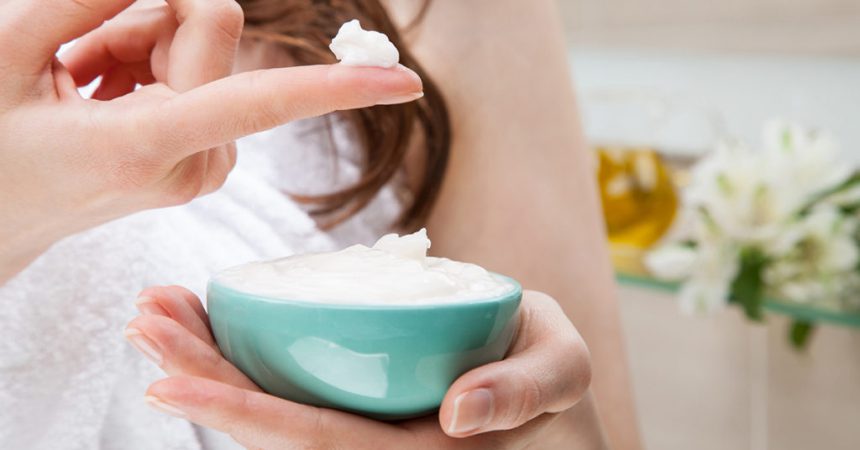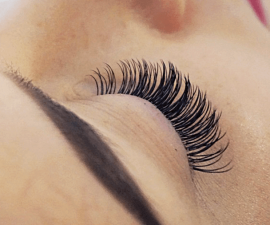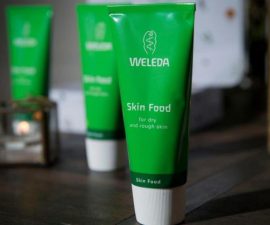Nowadays, substances that come from nature are frequently used in hair, skin and nail care. One of them is lanolin, which is an animal product offering plenty of various applications. Find out whether you’ll find lanolin useful in your daily beauty regimen.
What’s lanolin?
Lanolin belongs to natural wax group. It easily melts in 36-42 degrees Celsius and is fat-soluble. Despite being not water-soluble, lanolin bonds with water really well and is able to absorb it twice as much when compared to its weight. The main constituents of lanolin are esters derived from multi-molecular alcohols, fatty acids, free alcohols and sterols.
As mentioned above, lanolin serves well in skin, hair and nail care. It’s mainly recommended to treat psoriasis, dry and dehydrated epidermis, dry and damaged hair, dry nail cuticles.
What types of lanolin can you name?
There are two types of lanolin to distinguish. They are:
- Water-free lanolin – pure, which is refined wax that is deprived of water. Owing to this process, lanolin wins its characteristic aroma and a fair yellow colour. This type of lanolin is commonly used in pharmacology and beauty industry.
- Hydrous lanolin – it contains 25-28% of water and is used in boat maintenance and to lubricate the mechanisms.
Beauty benefits of lanolin
The prime task of lanolin is to deliver protection against adverse weather conditions, lubricate and moisturise. Other properties of lanolin are:
- preventing water evaporation from epidermis;
- smoothing out skin;
- leaving hair shiny and elastic;
- enhancing hair colour;
- soothing skin irritations;
- softening skin surrounding nails.
Lanolin in pharmacology
In pharmaceutical industry lanolin is used to manufacture body and hair care products for breastfeeding women. Such cosmetics exhibit strong regenerating, protecting, moisturizing and lubricating properties. Moreover, lanolin is also used to produce dressings which both accelerate skin healing processes and soothe inflammations. Finally, products with lanolin are recommended for people suffering from atopic dermatitis.




Leave a Reply